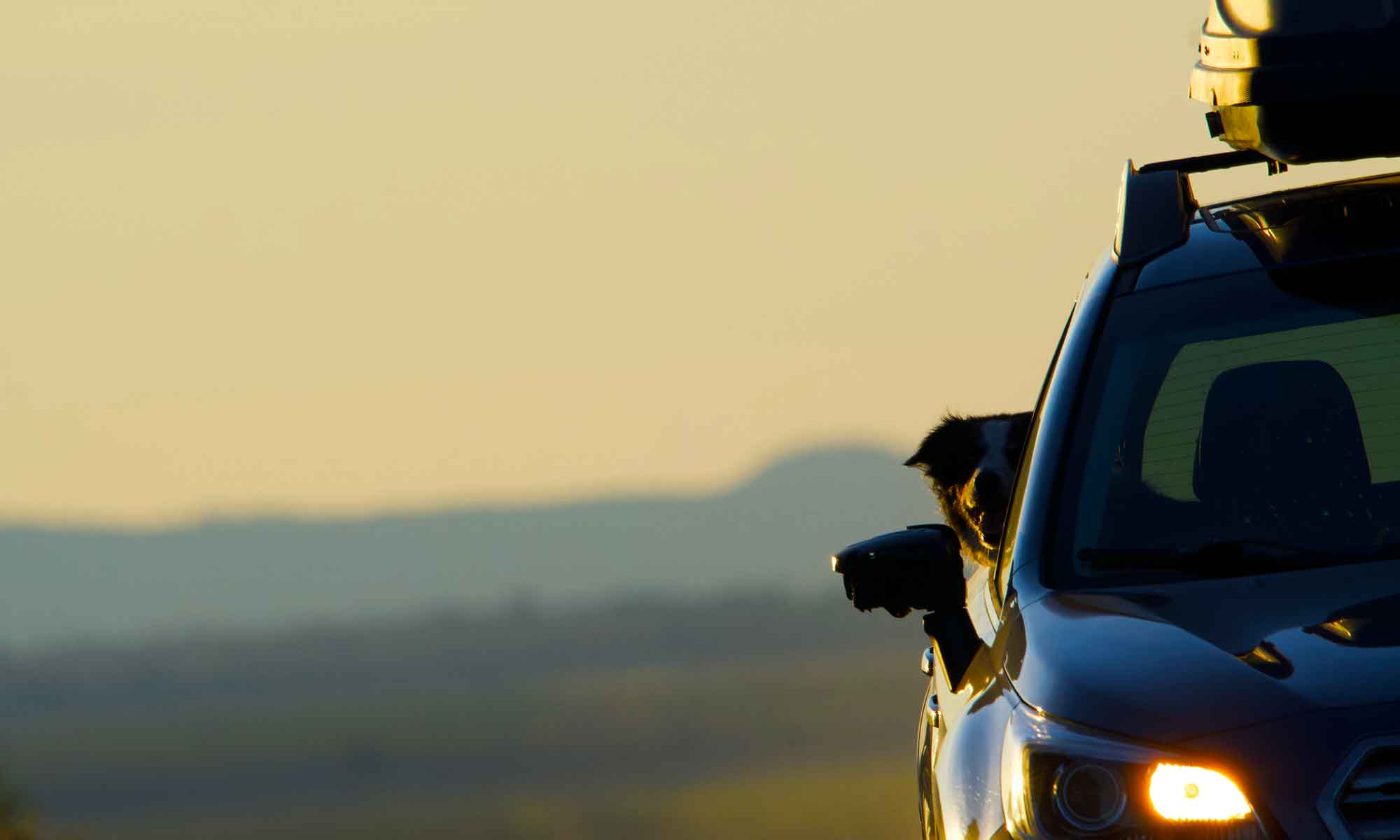
Sunriver Resort is a great walking site, especially in the winter. There are literally miles of walking paths, normally filled at the height of the season . . . not so much in the winter.
For the most part, roads and parking areas are quickly cleared of snow. This means we can get in ‘our steps,’ without the need for snowshoes. With a dog, that is an important detail.

 During the winter, we often venture to the Nature Center. From its location on the northern edge of the resort, a lightly used trail runs past the lake, under the road and out along the edge of an airfield. At the west end of the runway lies open fields, often filled with geese. Last year we watched a convocation of Golden Eagles just chillin’.
During the winter, we often venture to the Nature Center. From its location on the northern edge of the resort, a lightly used trail runs past the lake, under the road and out along the edge of an airfield. At the west end of the runway lies open fields, often filled with geese. Last year we watched a convocation of Golden Eagles just chillin’.
With no natural barriers, the wind is a constant. There are times the cold cuts through gore-tex and wool. The upside, the open trails allow you to see far enough ahead to spot bicyclists and walkers in time to get the lead back on Tip.


We’ve posted many times about the nature center and the lake it sits next to. The signets are full sized now and make for an impressive family group. The other inhabitant of this body of water, an otter, is much harder to catch a glimpse of . . . though we are always looking.
A beaver, or two, have started a logging operation on the south bank. There is evidence to suggest it takes time to chew down a five inch Lodge Pole. Made a note to explore for their construction site on another visit.































 Where the Fremont Highway drops down the southeastern edge of Paulina Peak, a bank of low clouds covered portions of the desert. Inside that fog the temperature dropped ten degrees.
Where the Fremont Highway drops down the southeastern edge of Paulina Peak, a bank of low clouds covered portions of the desert. Inside that fog the temperature dropped ten degrees.













 Fall weather has muted any remaining green and added yellow and orange hues to the hillsides.
Fall weather has muted any remaining green and added yellow and orange hues to the hillsides.

 We break open the lunch, brew fresh coffee, and enjoy the rush of river. A month ago this spot would have been baking in summer sun, today we are dressed in flannel and clouds flash intermittent bursts of sunlight.
We break open the lunch, brew fresh coffee, and enjoy the rush of river. A month ago this spot would have been baking in summer sun, today we are dressed in flannel and clouds flash intermittent bursts of sunlight.













